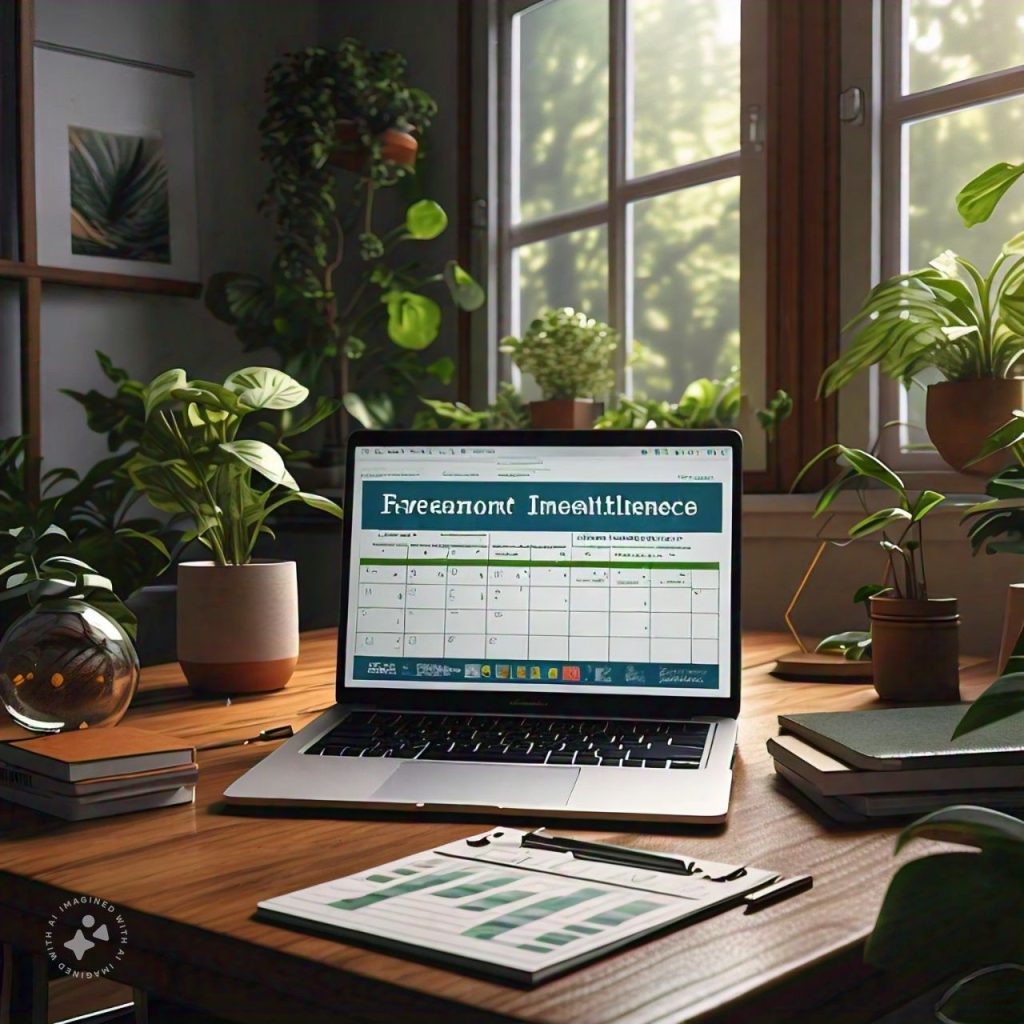Introduction
Financial Independence is Possible for Everyone—Here’s How to Achieve It!
Have you ever wondered how you could finally break free from the paycheck-to-paycheck cycle? Financial independence (FI) is something most of us want but often feels out of reach. Let’s walk through practical steps to achieve FI, using real-life examples to show you that it’s entirely doable!
Problem: The Cycle of Financial Dependency
Living Paycheck to Paycheck
Many of us are stuck in a never-ending cycle: we work, we earn, we spend, and then we work again. Despite trying to save, life’s unexpected expenses—like car repairs or medical bills—always seem to derail our plans. Studies show that around 63% of Americans live paycheck to paycheck, and this isn’t just a U.S. issue; it’s global.

The Fear of Retirement
Not saving enough can lead to stress over future security. According to the National Institute on Retirement Security, nearly 40 million households have no retirement savings. The thought of reaching retirement age without enough money is terrifying, and many of us have no backup plan.
Agitate: Why Financial Dependency Holds Us Back
Limited Choices and Opportunities
When finances control us, we lose freedom. Imagine wanting to take a career break, travel, or even start your own business but being unable to because of financial constraints. This lack of freedom is what keeps most of us in jobs we might not love, holding us back from living our best lives.
Increased Stress and Reduced Health
Constant financial worries impact mental and physical health. The American Psychological Association found that 72% of adults report feeling stressed about money, with impacts ranging from anxiety to serious health concerns like high blood pressure.
Solution: Achieving Financial Independence
So how do we break free from this cycle? Achieving financial independence doesn’t happen overnight, but with the right approach, you can start building wealth and freedom. Here’s a straightforward path.

Step 1: Set a Realistic Financial Goal
To start on the path to FI, you need a goal. This might be saving a certain amount, paying off all debts, or creating an investment fund. Choose a specific number that represents financial independence for you. According to the 4% Rule in financial planning, if you can live on 4% of your investments annually, you have achieved FI. So, if you need $40,000 per year, you’d aim to save around $1 million.
Real-Life Case Study: Mark and Sarah’s FI Journey
Mark and Sarah, both teachers, set a goal to save $1 million by age 50 to retire early. They started in their late 20s, setting aside 20% of their income. By keeping their expenses low and sticking to their investment strategy, they achieved their goal by 48.
Step 2: Track Every Dollar and Cut Unnecessary Expenses
One of the most effective strategies is to track every dollar. This includes using apps like Mint or YNAB (You Need a Budget) to analyze your spending. Mark and Sarah found that by tracking spending, they uncovered areas where they were overspending—like dining out and subscriptions they didn’t use. Cutting these out added an extra $500 to their monthly savings.
Step 3: Pay Off High-Interest Debt First
High-interest debt, like credit card debt, is one of the biggest obstacles to financial independence. Start by focusing on your highest-interest debt and make additional payments until it’s paid off. Consider the debt avalanche method: pay minimums on all debts and focus any extra payments on the one with the highest interest rate.
Case Study Highlight: The Debt Avalanche Approach
Mark and Sarah had $15,000 in student loan debt and $10,000 in credit card debt. They tackled the credit card debt first because of its 18% interest rate, paying it off within two years while only making minimum payments on their student loan. This saved them thousands in interest.

Step 4: Build a 6-Month Emergency Fund
An emergency fund is essential for unexpected expenses. It’s often recommended to have enough savings to cover six months of living expenses. This fund acts as a cushion, so if something happens—like job loss—you won’t be forced to dip into your retirement savings.
Step 5: Invest Consistently for the Long Term
When you invest, your money grows. The power of compound interest is the backbone of wealth-building. Let’s say you invest $500 a month in an index fund with an annual return of 7%. In 30 years, you could have around $600,000.
Case Study Highlight: Mark and Sarah’s Investment Strategy
Mark and Sarah chose a low-cost index fund and invested consistently, regardless of market conditions. Their $500 monthly investment grew over 20 years, allowing them to retire early. The key takeaway? Time and consistency are everything in investing.
Step 6: Increase Your Income Streams
Once you’ve mastered budgeting and investing, look for ways to increase your income. This could be through side gigs, freelancing, or investing in assets like real estate. Mark and Sarah started a tutoring business, bringing in an extra $1,000 a month.
Step 7: Review and Adjust Regularly
Financial independence requires constant review. Every six months, review your budget, expenses, and investment portfolio. Adjust based on your changing needs and financial goals. Mark and Sarah reviewed their finances regularly, adapting as their expenses or income changed.
Common Obstacles on the Path to Financial Independence (and How to Overcome Them)
Lifestyle Inflation
Lifestyle inflation happens when you start spending more as you earn more. To avoid this, stick to a budget and keep your spending consistent, regardless of income increases.
Market Volatility
Don’t panic during market downturns. Remember, investing is a long-term game. History shows that the market generally rebounds, so stay calm and focus on the big picture.

Conclusion: Start Your Journey Today
Achieving financial independence isn’t a dream—it’s a journey you can start today, no matter your current income or age. Remember, it’s not about making a massive income but making intentional financial choices. By setting goals, managing debt, saving, investing wisely, and reviewing your progress, you’ll build wealth over time.
FAQs on Achieving Financial Independence
Q1: How long does it take to achieve financial independence?
The timeline varies based on income, savings rate, and lifestyle. On average, it takes 10–30 years of consistent saving and investing.
Q2: Can I achieve financial independence with a low income?
Yes, even a modest income can build wealth with discipline. Focus on high-priority savings and investment, and gradually work toward increasing income.
Q3: Do I need a financial advisor?
Not necessarily. Many people achieve FI by educating themselves. However, if you feel overwhelmed, a financial advisor can provide guidance.
Q4: What’s the best investment for financial independence?
Low-cost index funds are a popular choice because of their low fees and diversification. Real estate is also a common path, though it requires more hands-on management.






